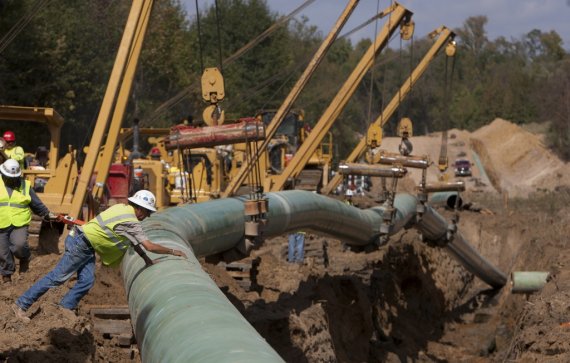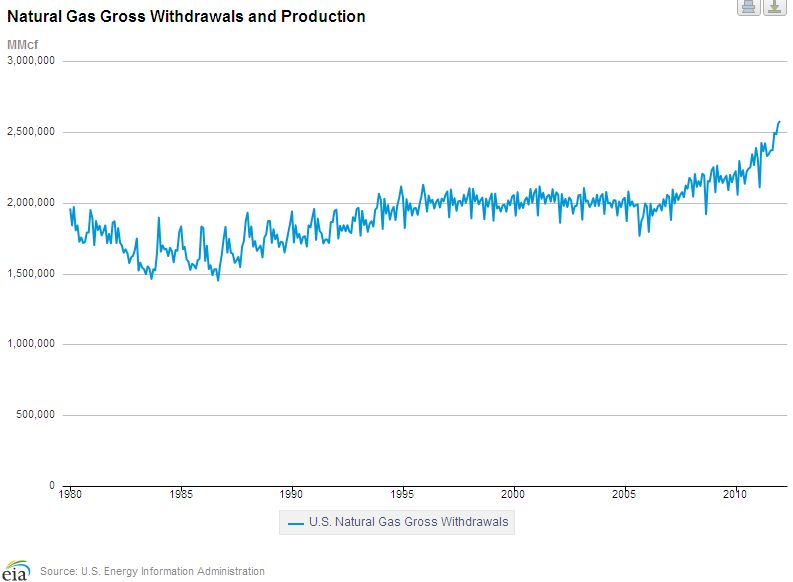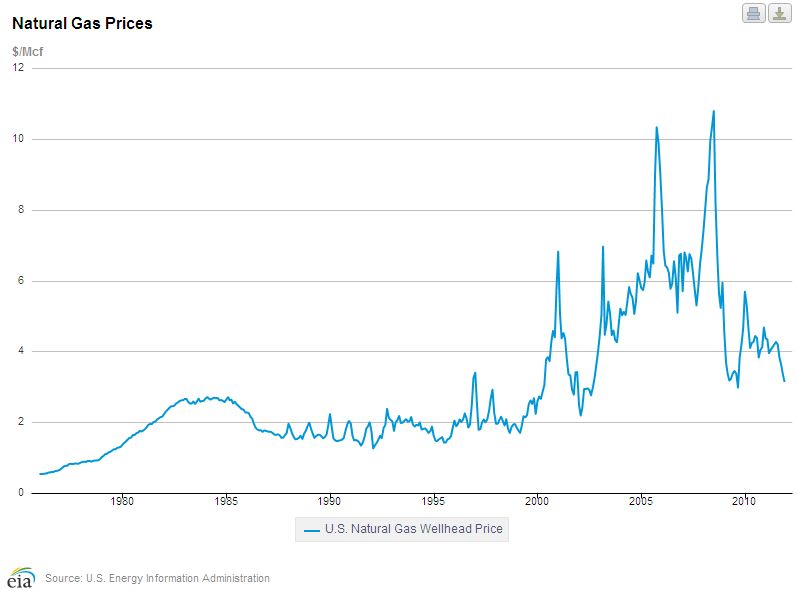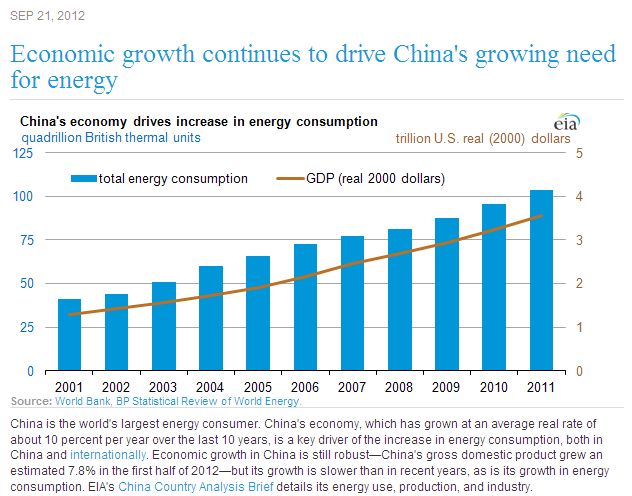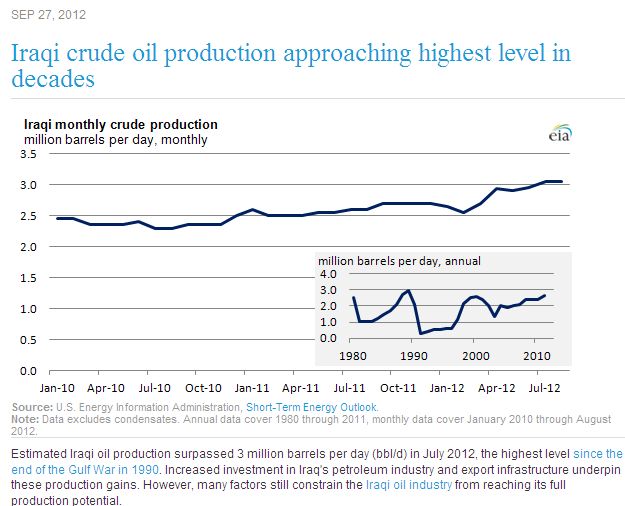I have recently become aware of recent changes in Texas Railroad Commission policies regarding “production sharing agreements” and “allocation wells” that deserve some comment. Some background is necessary to understand these recent developments.
Over the last couple of years I have been asked to review and explain proposed “production sharing agreements” sent to royalty owners. Operators in the Haynesville came up with the concept of production sharing agreements when they were faced with trying to drill wells in areas that were held by production from large pooled units producing from vertical Cotton Valley wells. The pooled units were not configured to allow for efficient drilling of Haynesville horizontal wells. Operators wanted to drill laterals crossing the boundaries of the pooled units, and apparently the pooled units covered the Haynesville depths as well as the Cotton Valley. So, they came up with the idea of production sharing agreements. The agreements provide that the royalty owners in the two existing units agree that production from the horizontal well will be “shared” between the two units based on the percentage of lateral length on each unit, and production allocated to each unit will be treated for lease and royalty payment purposes as if produced from the unit. Devon was a big proponent of these agreements. From the royalty owner’s point of view, the agreements have advantages and disadvantages. The advantage is that the royalty owner will get royalties on production from a new well that might not be drilled unless a production sharing agreement is signed to allow drilling across lease or unit boundaries. The disadvantage is that production from one well serves to keep all of the leases in both units in effect for as long as it produces.
A well drilled across lease or unit boundaries pursuant to a production sharing agreement is referred to at the RRC as a “PSA” well, because the permit is granted based on the operator’s assertion that it has production sharing agreements with royalty owners for allocation of production between or among tracts; or as an “allocation well,” because production from the well is allocated to two or more separate leases or units. When operators began applying for drilling permits for these wells, there was discussion at the RRC about how to handle them, because they did not fit the standard model of pooled units. Eventually, the RRC staff adopted an informal, unwritten policy that, if the operator would represent in its permit application that it had production sharing agreements from at least 65% of the royalty owners in both units, the RRC would grant the permit. The RRC has created a new form, the “PSA-12” form, to replace the Form P-12 that operators must file to represent that they have the right to create a pooled unit. If the operator submits the PSA-12 form, the RRC grants a PSA well permit, based on its informal 65% joinder policy.




